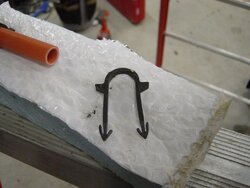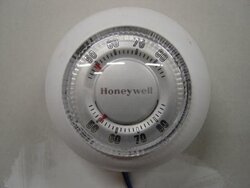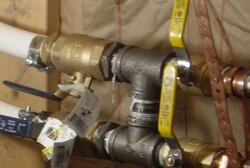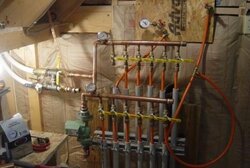barnartist said:
GKG is right. Do all of what he said. Spend the money on the insulation. Just do it. I also learned the hard way.
A side note here. Any of you watch the planet green channel? I watched a show the other day, they were rebuilding a John Deere dealer in Greensboro- the town that was hit by the big tornado.
Any way, I CANT BELEIVE i saw them-and filmed this, but they were installing the radiant heat, and actually showed the contractors only using the bubble wrap for insulation. This was one huge building. They are using corn for the heat sourse. I can't imagine how much more corn they will need to heat it now...
There's a LOT of ignorance out there, even amongst supposed professionals and it makes me madder than a wet hen. They don't seem to understand the basic premise of radiant heat is that it travels in ALL directions from the source. The myth commonly quoted is "heat rises" This is not so. Hot air rises but radiant energy travels 360* from the source until it strikes an object that it can dissipate its energy on. Think about the heat from the sun, traveling 93,000,000 miles through space at a temp near absolute zero. How the blazes does it make you feel warm when it gets here? Duh! It's not hot air, it's radiant energy. Once you understand that, common sense dictates that you need something to block the heat flow into the earth and direct it toward the area you want to heat. Radiant heat done poorly will suck mind boggling amounts of input.....as the guys in that JD dealership will soon find out. Green my butt.
I gave a quote to a local business that was putting up a 10,000 sq ft machinery repair shop. I was too high mainly because I quoted 1-1/2" blue board for the entire floor while my "competition" insisted that double bubble was all they needed. The customers urge to "save money" led them to select the other contractors proposal. They burned up a large HeatSource, a 6048 CB and now have a huge OWB that they load wood into with a forklift on pallets. I don't know the brand. They can't get the building above 50* when the OD air temp hits 0, they burn over 120 pulp cords of wood per season and they can grow tulips around the building in February. Now they are considering abandonment of the infloor and installing overhead fan forced heaters. In their case it's probably the best option they have. Truly sad!







